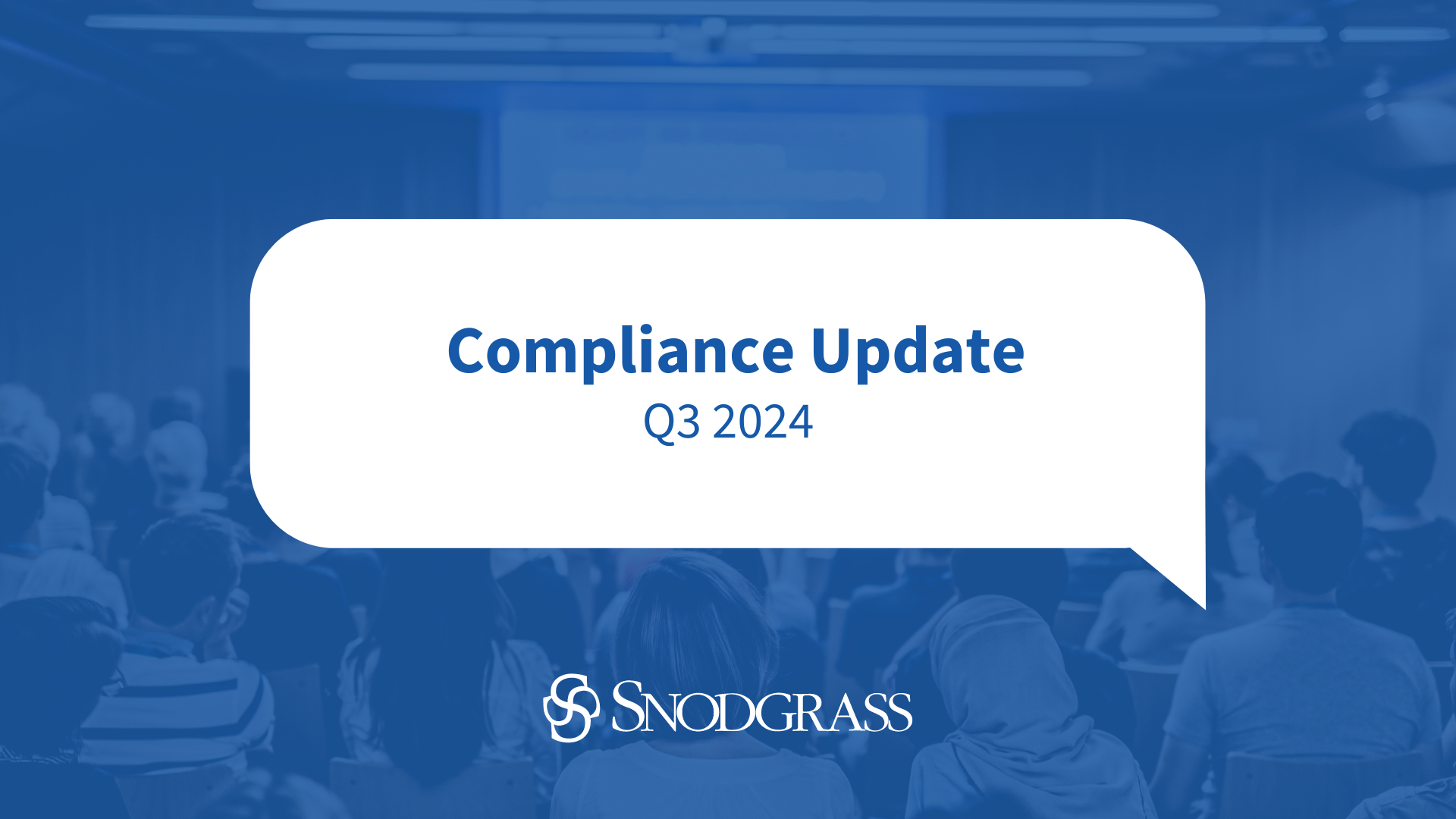Introduction
On March 31, 2022, the Financial Accounting Standards Board (FASB) issued Accounting Standards
Update (ASU) 2022-02. The FASB’s objectives in issuing ASU 2022-02 are to improve the decision
usefulness of information provided to investors about certain loan refinancings, restructurings, and write-offs.
The amendments in this Update that are related to TDRs affect all entities after they have adopted Update
2016-13. The amendments related to vintage disclosures affect public business entities with investments in financing receivables that have adopted Update 2016-13.
Background
Since the issuance of Accounting Standards Update No. 2016-13, Financial Instruments—Credit Losses
(Topic 326): Measurement of Credit Losses on Financial Instruments, the Board has provided resources to
monitor and assist stakeholders with the implementation of Topic 326. Post-Implementation Review (PIR)
activities have included forming a Credit Losses Transition Resource Group, conducting outreach with
stakeholders of all types, developing educational materials and staff question-and-answer guidance,
conducting educational workshops, and performing an archival review of financial reports.
Through the PIR process, the Board heard feedback from stakeholders on a variety of implementation
issues, including questions about the information requirements for public business entities within the
vintage disclosures, as well as feedback that TDR recognition, measurement, and disclosure may no longer provide decision-useful information after the adoption of Topic 326.
Troubled Debt Restructuring (TDR) by Creditors
The amendments in this Update reflect the observations by investors and preparers of the financial
statements that the additional designation of a loan modification as a TDR and the related accounting are
unnecessarily complex and no longer provide decision-useful information.
The primary observations included the following feedback:
- TDR designation and disclosure may no longer be meaningful after the adoption of Update 2016-13 because lifetime credit losses have already been captured under the current expected credit losses model.
- The high cost and complexity associated with determining whether a modification represents a TDR and further measuring the effect of the TDR.
- Disclosures related to TDRs generally do not provide useful information to investors in their analyses of an entity’s loan portfolio. Instead, it was suggested that voluntary information provided during 2020 regarding loan modification programs would benefit their analyses of an entity’s loan portfolio.
Vintage Disclosures – Gross Write-offs
For public business entities, the guidance in ASC 326 required that for each class of financing receivable
and net investment in leases, the amortized cost basis within each credit-quality indicator by year of
origination be disclosed. The guidance in that paragraph does not specify that gross write-off or gross
recovery information should be provided by class of financing receivable or net investment in leases and
by year of origination. However, illustrative guidance in Update 2016-13 provides an example of a vintage
disclosure that includes current-period gross write-offs and gross recovery information by year of
origination.
Investors and other financial statement users observed that disclosing gross write-offs by year of origination provides important information that allows them to better understand changes in the credit quality of an entity’s loan portfolio and underwriting performance. However, it was determined that recovery information was less decision useful and more costly for the preparers of the financial statements to produce. Therefore, the amendments in this Update do not require that an entity disclose gross recoveries.
Main Provisions
Troubled Debt Restructuring (TDR) by Creditors
The amendments in this Update eliminate the TDR recognition and measurement guidance and, instead,
require that an entity evaluate (consistent with the accounting for other loan modifications) whether the
modification represents a new loan or a continuation of an existing loan. The amendments enhance existing disclosure requirements and introduce new requirements related to certain modifications of receivables made to borrowers experiencing financial difficulty.
Vintage Disclosures – Gross Write-offs
For public business entities, the amendments in this Update require that an entity disclose current-period
gross write-offs by year of origination for financing receivables and net investments in leases within the
scope of Subtopic 326-20, Financial Instruments—Credit Losses—Measured at Amortized Cost.
Effective Dates and Transition
For entities that have adopted the amendments in Update 2016-13, the amendments in this Update are
effective for fiscal years beginning after December 15, 2022, including interim periods within those fiscal
years. For entities that have not yet adopted the amendments in Update 2016-13, the effective dates for the amendments in this Update are the same as the effective dates in Update 2016-13.
The amendments in this Update should be applied prospectively, except as provided in the next sentence.
For the transition method related to the recognition and measurement of TDRs, an entity has the option to apply a modified retrospective transition method, resulting in a cumulative-effect adjustment to retained earnings in the period of adoption.
Early adoption of the amendments in this Update is permitted if an entity has adopted the amendments in Update 2016-13, including adoption in an interim period. If an entity elects to early adopt the amendments in this Update in an interim period, the guidance should be applied as of the beginning of the fiscal year that includes the interim period. An entity may elect to early adopt the amendments about TDRs and related disclosure enhancements separately from the amendments related to vintage disclosures.



